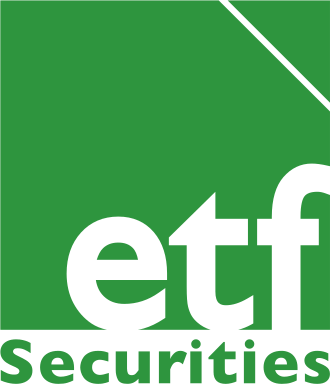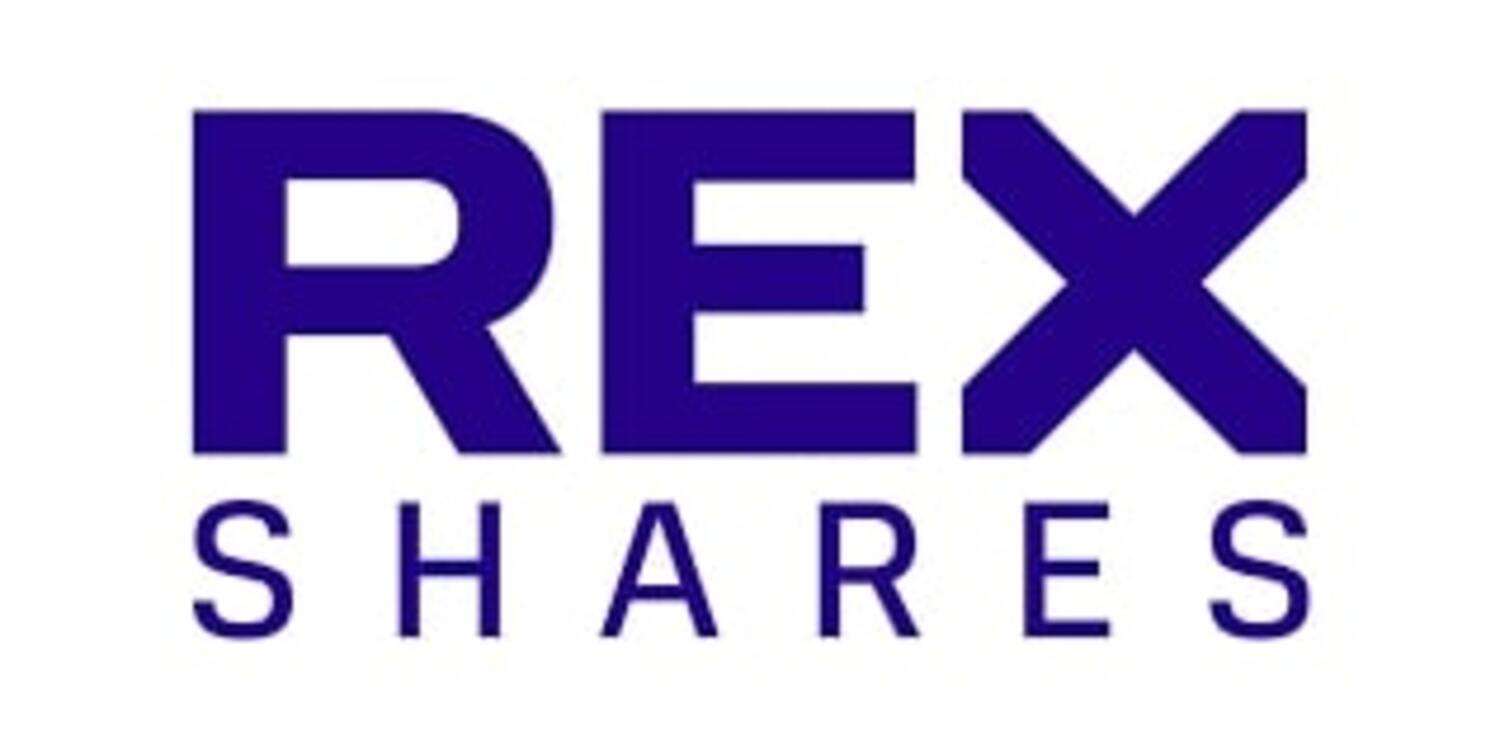Asset Allocation Research Yielding towards the right bond model
Highlights
- With interest rates likely to rise in the US and inflation likely to increase both in the US and EU, it is time for investors to reduce their exposure to bonds.
- However, bonds remain key in reducing investors’ portfolio risk. Our model based on fundamentals can help mitigate the upcoming downturn in the bond market.
- Applying our model to a portfolio of bonds enhanced the Sharpe ratio to 1.61 compared to 1.51 for its benchmark by increasing return by 0.2% per year.
As inflation increases on a global basis, central banks are likely to raise rates to keep inflation around their target. An increase in interest rates will, in turn, have a negative impact on the value of bonds. Record low interest rates in developed markets have favoured investments in riskier instruments as investors sought higher returns and income. An increase in interest rates is likely to be followed by a rotation to less risky assets as investors are by nature risk-averse, potentially moving towards more cash or sovereign bonds to the detriment of high yields.
In our tactical portfolio (and its latest update – Underweight US, Europe and precious metals), we use models to determine our positions in equities, bonds and commodities. While we have previously explained what goes into the equity and commodity models, this is our first note outlining in detail our bond model. We start with the indicators the model uses as trading signals, followed by the model mechanism and concluding with the portfolio of bonds and a performance analysis of the portfolio compared to its benchmark and the Bloomberg Barclays US Aggregate Bond Index since 2007.
Inflation expectations
Inflation can be measured in many ways. Inflation expectations measured by the 5yr 5yr forward inflation rate reflects the markets’ expectations on how central bank policies will impact inflation in the future. Technically, it represents the level of inflation expected over 5 years 5 years from now.
US and EU inflation expectations are highly correlated. A surge in inflation expectations like the one the market is currently witnessing means that inflation will likely increase and central banks will likely increase interest rates, undermining bonds.
In our bond model, we include the inflation expectations for both regions combined with their respective interest rate spreads (see chart below for the US).
Interest rate spread
The base rate is the rate at which central banks lend money to domestic banks. The 10yr forward rate is the rate at which investors are able to borrow money in 10 years from now, providing an indication on how the base rate should move in the future. With inflation expectation rates surging, the 10yr forward rates are rising, widening the spread with the base rates. This provides further certainty on an imminent rate hike, at least in the US, which would be prohibitive for US bonds.
(Click to enlarge)
Historically, the base rate moves most of the time in line with its 10yr forward rate if it does not catch it up. With the 10yr forward surging to 2.2% in the US while the base rates are currently at 0.95%, we will likely see the US Federal Reserve, increase its base rate, tightening the spreads.
In our model, we are using the spread between the 10yr forward rate and the base rate for the US and the EU combined with their respective inflation expectations as trading signals.
Credit default swap
A credit default swap (CDS) is a financial instrument that allows for the seller to transfer the credit exposure of a fixed income product to one or more parties. An increase in the value of the CDS indicates rising demand for insurance against a risk of default from the entity behind the underlying bond. It serves as a measure of the level of risk in the fixed income market.
(Click to enlarge)
Our analysis shows that there is a strong correlation between the quarterly return of bonds and the quarterly change of its respective CDS as illustrated above. In our bond model, we are taking into account the CDS level of each component of the portfolio relative to their respective first and second standard deviations above and below average.
The model mechanism
The model will tell us to overweight a bond if
– inflation expectations are at a turning point (switching from increasing to decreasing), and
– interest rate spreads are at a turning point (switching from increasing to decreasing), and
– the CDS of the bond is below its first or second standard deviation.
The model will tell us to underweight a bond if the opposite conditions to the above are aligned.
(Click to enlarge)
The above chart shows the portfolio historical positions in EU Sovereign bonds based on the model. While far from being perfect, it still manages in most occasions to signal the right changes ahead of price movements.
Performance and positioning
We created two diversified portfolios of bonds: our portfolio and its benchmark. Both have the same constituents as illustrated in the next table and rebalance on the first business day of every month. The benchmark rebalances back to its initial weights while the portfolio rebalances to a set of new weights based on the signals previously described.
(Click to enlarge)
For December, the model recommends to go underweight most of the components of the portfolio compared to the benchmark, except for US investment grade where the model recommends a neutral position. This results in a higher allocation to cash.
(Click to enlarge)
Applying the model to the portfolio of bonds shows that the portfolio outperforms its benchmark by 0.2% per year for the same level of volatility, improving the Sharpe ratio by 6.3% from 1.51 for the benchmark to 1.61.
(Click to enlarge)
We also note that the portfolio and its benchmark outperform the Bloomberg Barclays US Aggregate Bond Index (former Lehman Aggregate Bond Index) by at least 1.4%, reduce volatility and more than double the Sharpe ratio. This can be explained by a change in universe, weights and rebalancing methodology.
Important Information
General
This communication has been issued and approved for the purpose of section 21 of the Financial Services and Markets Act 2000 by ETF Securities (UK) Limited (“ETFS UK”) which is authorised and regulated by the United Kingdom Financial Conduct Authority (the “FCA”).

 Nyheter3 veckor sedan
Nyheter3 veckor sedan
 Nyheter4 veckor sedan
Nyheter4 veckor sedan
 Nyheter4 veckor sedan
Nyheter4 veckor sedan
 Nyheter3 veckor sedan
Nyheter3 veckor sedan
 Nyheter3 veckor sedan
Nyheter3 veckor sedan
 Nyheter4 veckor sedan
Nyheter4 veckor sedan
 Nyheter2 veckor sedan
Nyheter2 veckor sedan
 Nyheter2 veckor sedan
Nyheter2 veckor sedan




























